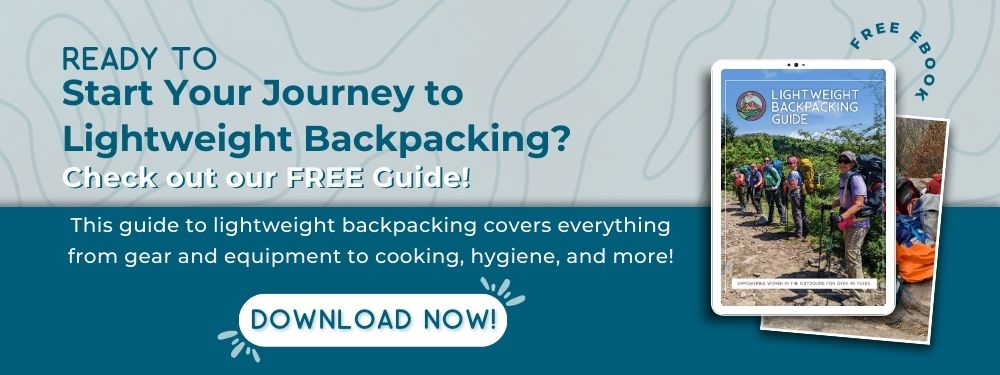What Type of Footwear is Best for Hiking?
This is one of our most-asked questions, and for good reason! Choosing the correct footwear is crucial for your enjoyment of any hiking or backpacking trip. If you have footwear that is too heavy, you will fatigue easily. If it doesn't offer enough support, you could run into foot pain, or even roll an ankle.
Unless you have some medical issues with either of your feet, or your ankles are prone to rolling: the lighter you can go, the better.
Many thru-hikers of long distance trails, such as the Appalachian Trail, forgo boots entirely in lieu of trail runners. These are essentially running shoes, with thicker, more grippy tread to hold onto the surface of the trail. These types of footwear do not typically have ankle support, which can increase risk of injury. However, since these hikers have made their gear as light as possible, and carry trekking poles to ensure they don't lose their footing, the risk is often worth the reward.
If you are just starting out with hiking or backpacking, we recommend a boot that is at least mid-ankle height. This boot by Hoka is a good blend of lightweight footwear that offers ankle support.
Why You Should Start out with Boots
A good place to start when choosing footwear is to find something that has some amount of ankle support. The mid-ankle height is usually a great place to start, again, if you do not have any pre-existing conditions that make sturdier ankle support necessary. You should look for a sole that has at least a 1/2" shank support and thick vibram (or vibram-like) soles. My preference is to have some ankle support (so the mid height is perfect) and have a sole with at least a 1/2 shank support and thick vibram (or vibram-like) soles.
Here are some footwear recommendations:
Other Factors in Choosing Footwear
Carrying 30 pounds or less while backpacking will make a huge difference in your footwear choices, and give you flexibility. The recommendations above should provide plenty of support, especially if your pack is under 30 pounds.
You should try on boots that are at least 1/2-1 size larger than what you normally wear. As you hike, your feet will swell. While you can wear thicker socks to take up room in your footwear, there is not much you can do in a situation when your shoes are too small.
You should also consider replacing the inner soles of your boots as soon as you get them. One sole that is a favorite among day-hikers and thru-hikers alike is Superfeet. Often, the insoles are lacking in comfort and cushion, and Superfeet insoles are built to withstand the demands of hiking and backpacking.
For more tips on lightweight backpacking, be sure to download our FREE ebook: Intro to Lightweight Backpacking. In this ebook, you'll find even more advice for paring down your gear, and even a free packing list to help you ensure you have everything you need: and nothing you don't.
Disclaimer: This blog post features some affiliate links. This means AGC gets a small commission if you make a purchase (at no extra cost to you). Thank you for the support!




